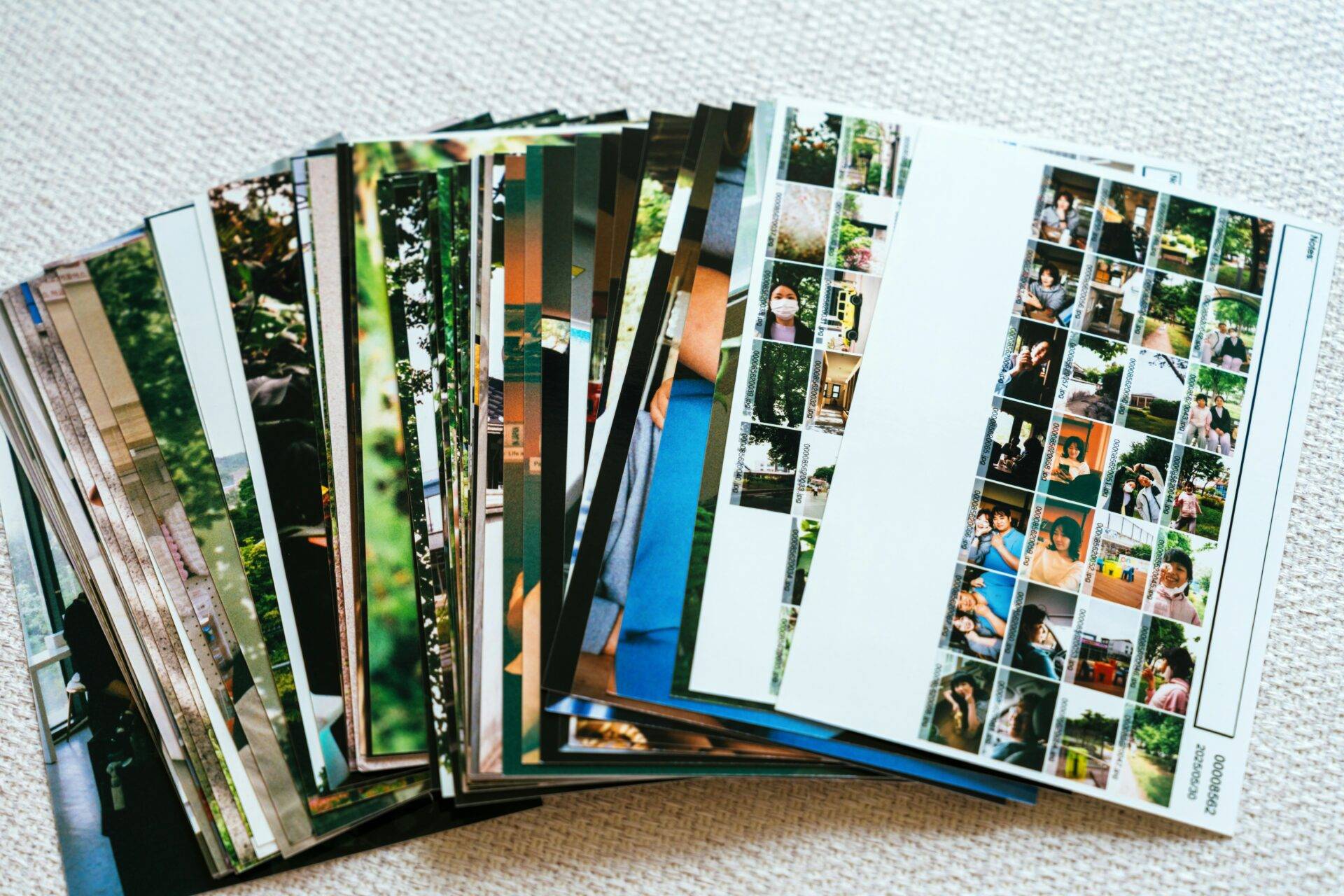A camera is actually a sensitive machine, which will follow your command and you will be able to take the picture exactly the way you want it. Of course, there are quite a few things that you need to keep in mind before you push the camera button. Here is an insight into certain elements that needs to be taken into account when you are going for that classic picture!
Creativity using camera controls
Mastery over camera controls is necessary. You just cannot do without that. You need to first read the guidebook that most camera manufacturing companies provide with the camera. You need to know the various modes your camera offers from macro to panoramic, back lighting and others.
If you have bought a DSLR then there are several elements that you will have to master and understand to bring out the best composition. A serious digital camera has the ability to provide you with a creative control over the images that you shoot. A digital camera can do this by allowing you the luxury to control both motion and light in all your photographs and at the same time it can demarcate between sharpness and softness. Most of the commonly available consumer digital cameras are completely automatic and hence you will not have to make too many adjustments. But high-end cameras like the DSLR offer the ability to work upon a wider range of controls. So before, you can even think of clicking away to glory; check the automatic exposure as well as the focusing systems, which is a key to achieving a good composition.
The automatic mode
Most of the digital cameras work on an automatic mode. The automatic mode can set the focus as well as the exposure for you and all you have to do is click the subject. The automatic mode will help you in situations where you do not have the luxury of changing lenses or manually focusing especially when you are taking shot of a moving subject. But in spite of the automatic mode, you should choose a sub-mode like the night mode for taking pictures at night, so that according to the sub-mode the camera can adjust itself.
Some key areas
Some of the key areas that most amateurs miss are too basic to be noticed and yet hold a lot of importance. For instance, you should always check in advance if the battery is full or not. You should not be in a situation where you get a great opportunity for a classic composition and the camera battery dies. Check all the minute things and then turn your camera on and set it to the automatic mode. Most digital cameras have an icon that says Auto mode.
Another key area is lighting, which is something that you will need to understand and feel to become a professional photographer. Here are some of the most important lighting conditions that assist photography composition:
Backlighting: This kind of lighting comes from behind the subject. If you are unable to control the requirement of backlighting then it can turn your photography session into a disaster. Most of your pictures will either be over-exposed or burnt. The best way to take pictures with high amount of backlight like the sun behind your subject is by using a fill-flash.
Diffused lighting: As you will learn on the way that sometimes whether the lighting is through an artificial source or a natural source, it can be quite harsh. When the lighting is harsh, you will need to soften it and try to minimize the contrast. Normally, it is advised not to take pictures in such a lighting condition. It is extensively encountered in landscape or nature photography and the best you can do is come back at a different time when the lighting conditions are better.
Framing
This is an important aspect and you need to frame your subject before you can push the camera button to take the picture. The automatic mode gives you a well-prepared platform but if you are unable to frame the primary subject then the final outcome will not be to your liking. Images can become hazy, blur or even distorted. You can frame the subject by using the viewfinder or the LCD monitor. Digital cameras have the zoom view also. So if you need to bring the subject closer then press the optical zoom or digital zoom as necessary. Once all your elements are in place, then go ahead and click the picture.
There will be times when you might not be satisfied with the outcome in spite of having framed the subject and following the guidelines. Do not be disheartened! The best way to move ahead is by experimenting with controls and through improvisations!
If you would like to learn more about selecting your subject for your photography and other photography skills, sign up to receive our photographer education weekly guide or take a peek at our photography school where you can learn all you need to know to become a professional photographer




